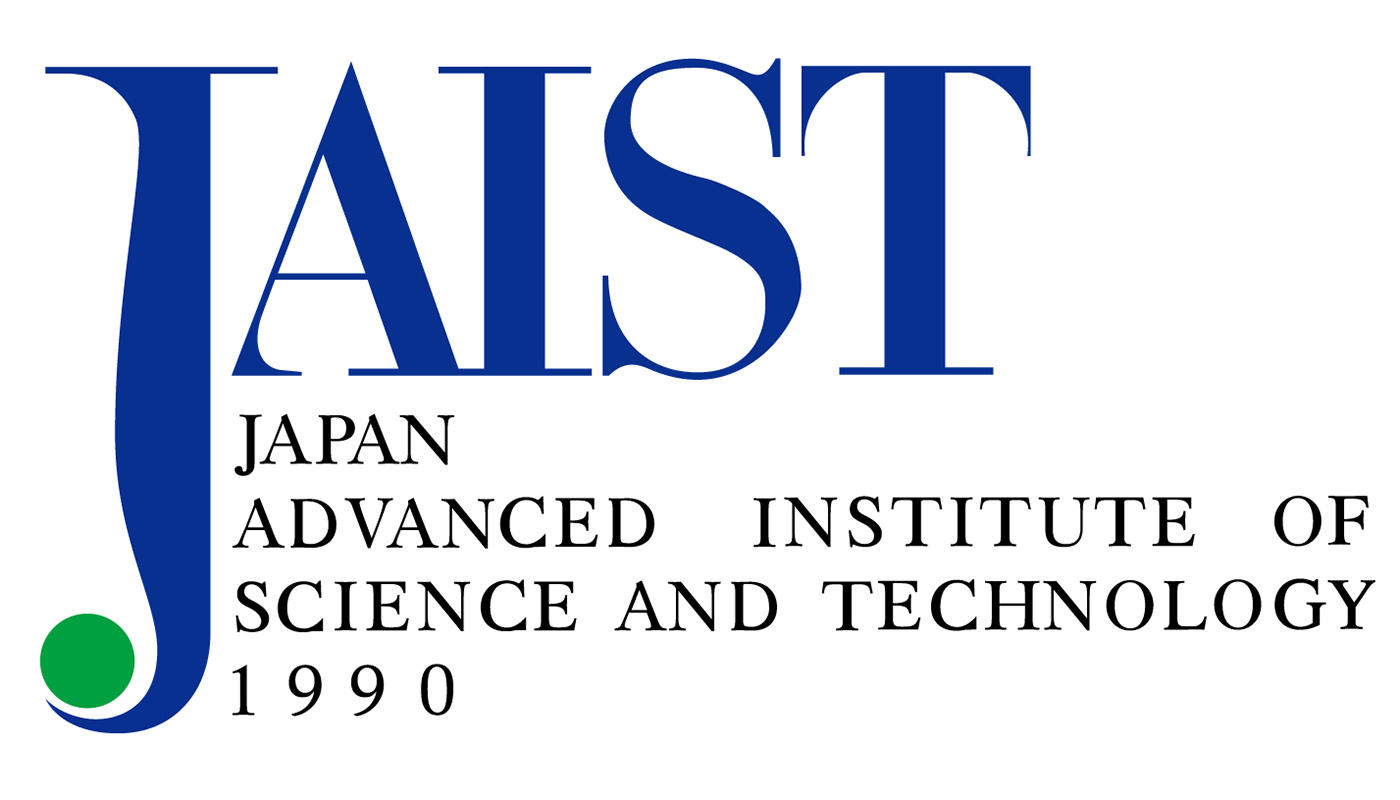VLSP 2022 – VTB Challenge: Vietnamese Constituency Parsing
Shared Task Registration Form
Important dates
- July 27, 2022: Registration open.
- Oct 1, 2022: Registration closed. Training data for development released.
- Oct 15, 2022: Official training data released.
- Nov 1, 2022: Release of the public test set.
- Nov 3, 2022: Online challenge started.
- Nov 10, 2022: Private test released.
- Nov 12, 2022: End of challenge.
- November 15, 2022: Deadline for top 5 teams to submit technical reports. If any top teams did not submit their reports, follow-up teams can submit and take their places (follow-up teams are recommended to write their reports in advance and submit by this deadline).
- November 26, 2022: Final winners announcement, result presentation and award ceremony (workshop day).
Task Description
Syntactic parsing is a fundamental problem in natural language processing. Syntax information plays an important role in many applications such as machine translation, information extraction, question answering, etc. Before 2015, the research community had witnessed the influence and success of statistical parsing models based on probabilistic context-free grammars following generative or discriminative approaches. From 2015 onward, deep learning-based parsing models have brought new successes to this problem, but mainly for popular languages such as English and Chinese.
With the main goal of promoting research on Vietnamese parsing and creating high-performance parsers for the community, the component parsing problem for Vietnamese was included in the shared task of the VLSP conference 2022.
The problem is to build a constituency parser for Vietnamese. Linguistically, constituency parsing is parsing based on a phrase structure grammar. In computational linguistics, the input to a constituency parser is a sentence, and the output is a constituency tree. For example, with the sentence "Nam làm bài tập", then the output can be the syntax tree as follows:
Sentence (S)
|
+------------------+-----------------+
| |
Noun Phrase (NP) Verb Phrase (VP)
| |
Noun (N) +----------+-----------+
| | |
Nam Verb (V) Noun Phrase (NP)
| |
làm Noun (N)
|
bài_tập
Participants can develop their model or build on existing open-source parsing systems (usually for other languages). Participants will be provided a Syntax Annotated Vietnamese corpus (Vietnamese Treebank) [1] with about 10,000 sentences belonging to the journalistic domain and socio-political topics. Participants can use additional resources such as Vietnamese raw text corpora to train word embedding models for their parser, or use using pre-trained word embeddings, ... The evaluation method used is Parseval [2] (with provided tools). The testing dataset consists of two types, the testing dataset in the same domain with the training data and the testing dataset outside the domain. The testing dataset outside the expected domain is legal (legal text) or biomedical text (biomedical text).
Data Format and Training Data
Participants will be provided Vietnamese Treebank – VTB [1] with about 10,000 sentences in bracketed-tree format as follow:
(S (NP (N Nam)) (VP (V làm) (NP (N bài_tập))))
Part-of-speech (POS) tagset: Follow the POS tagset of the Vietnamese universal dependency treebank [3].
Constituency tagset:
| No. | Constituency tag | Description |
|---|---|---|
| 1 | NP | Noun phrase |
| 2 | VP | Verb phrase |
| 3 | AP | Adjective phrase |
| 4 | RP | Adverb phrase |
| 5 | PP | Prepositional phrase |
| 6 | QP | Quantitative phrase |
| 7 | MDP | Modal phrase |
| 8 | UCP | Coordinated phrase in which components are not the same type |
| 9 | LST | List mark phrase |
| 10 | WHNP | Interrogative noun phrase ('aiwho', 'cái gìwhat', 'con gì'which) |
| 11 | WHAP | Interrogative adjective phrase ('lạnhcold thế nàohow', 'đẹpbeautiful ra saohow') |
| 12 | WHRP | Interrogative adverb phrase |
| 13 | WHPP | Interrogative prepositional phrase ('vớiwith aiwhom', 'bằngby cáchmethod nàowhich') |
| 14 | S | Statement sentence |
| 15 | SQ | Question sentence |
| 16 | SBAR | Subordinate clause (modifying noun, verb, and adjective) |
Functional tagset:
| No. | Functional tag | Description |
|---|---|---|
| 1 | H | Head of phrase |
| 2 | SUB | Subject |
| 3 | DOB | Direct object |
| 4 | IOB | Indirect object |
| 5 | TPC | Topic |
| 6 | PRD | Predicate |
| 7 | LGS | Logical subject |
| 8 | EXT | Frequency or range complement |
| 9 | VOC | Vocative |
| 10 | TMP | Temporal adjunct |
| 11 | LOC | Location adjunct |
| 12 | DIR | Direction adjunct |
| 13 | MNR | Manner adjunct |
| 14 | PRP | Purpose adjunct |
| 15 | CND | Condition adjunct |
| 16 | CNC | Cnc adjunct |
| 17 | ADV | Adverbial adjunct |
| 18 | EXC | Exclamation sentence |
| 19 | CMD | Command sentence |
Null-element tagset:
| No. | Null-element tag | Description |
|---|---|---|
| 1 | *T* | Null element (trace within sentence) |
| 2 | *E* | Null element in ellipsis phenomenon |
| 3 | *0* | Null element in complementizer |
Testing Data
Testing data is a list of Vietnamese sentences. The sentences have been segmented into words. For example:
Tôi đi Nha_Trang dự hội_thảo .
Result submission
Participants must submit the result in the same order as the testing data in the bracketed-tree format. In syntactic trees, only POS tags and consituency tags are required.
(S (NP Tôi)
(VP đi
(NP (NNP Nha) (NNP Trang))
(VP dự
(NP hội_thảo)))
Evaluation Metric
The submission will be evaluated with ground-truth labels using Parseval metric [2]
Organisers
- Nguyen Thi Minh Huyen
- Phuong-Thai Nguyen
- Xuan-Luong Vu
Contact Us
- vlsp.resources at gmail.com
References
[1] Phuong-Thai Nguyen, Xuan-Luong Vu, Thi-Minh-Huyen Nguyen, Van-Hiep Nguyen and Hong-Phuong Le. Building a Large Syntactically-Annotated Corpus of Vietnamese. The 3rd Linguistic Annotation Workshop (LAW), Singapore. Pages 182-185, 2009.
[2] Dan Jurafsky and James H. Martin. Speech and Language Processing (3rd ed. draft), Chapter 13. 2021 (https://web.stanford.edu/~jurafsky/slp3/13.pdf).
[3] POS Tagset and annotation guidelines















